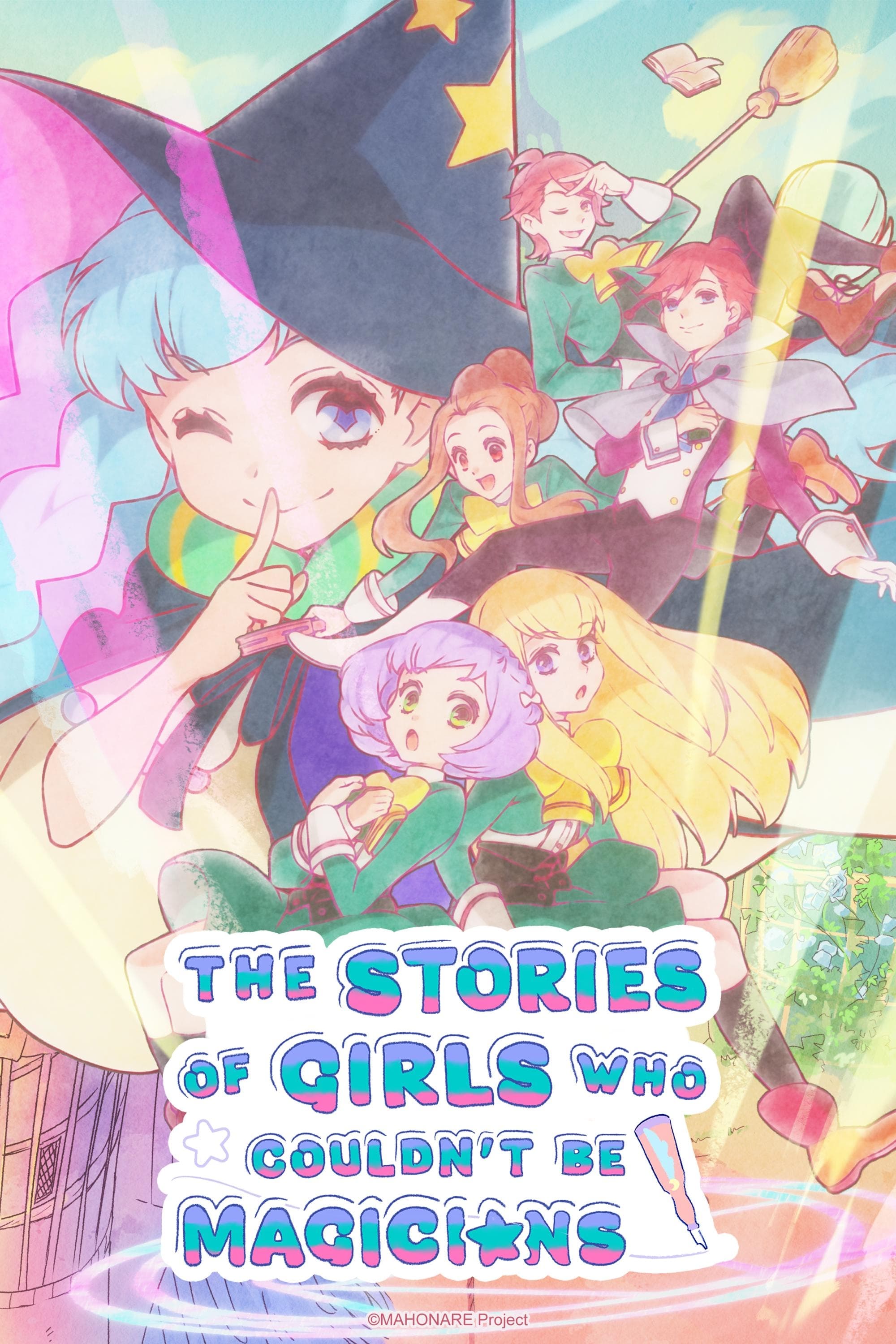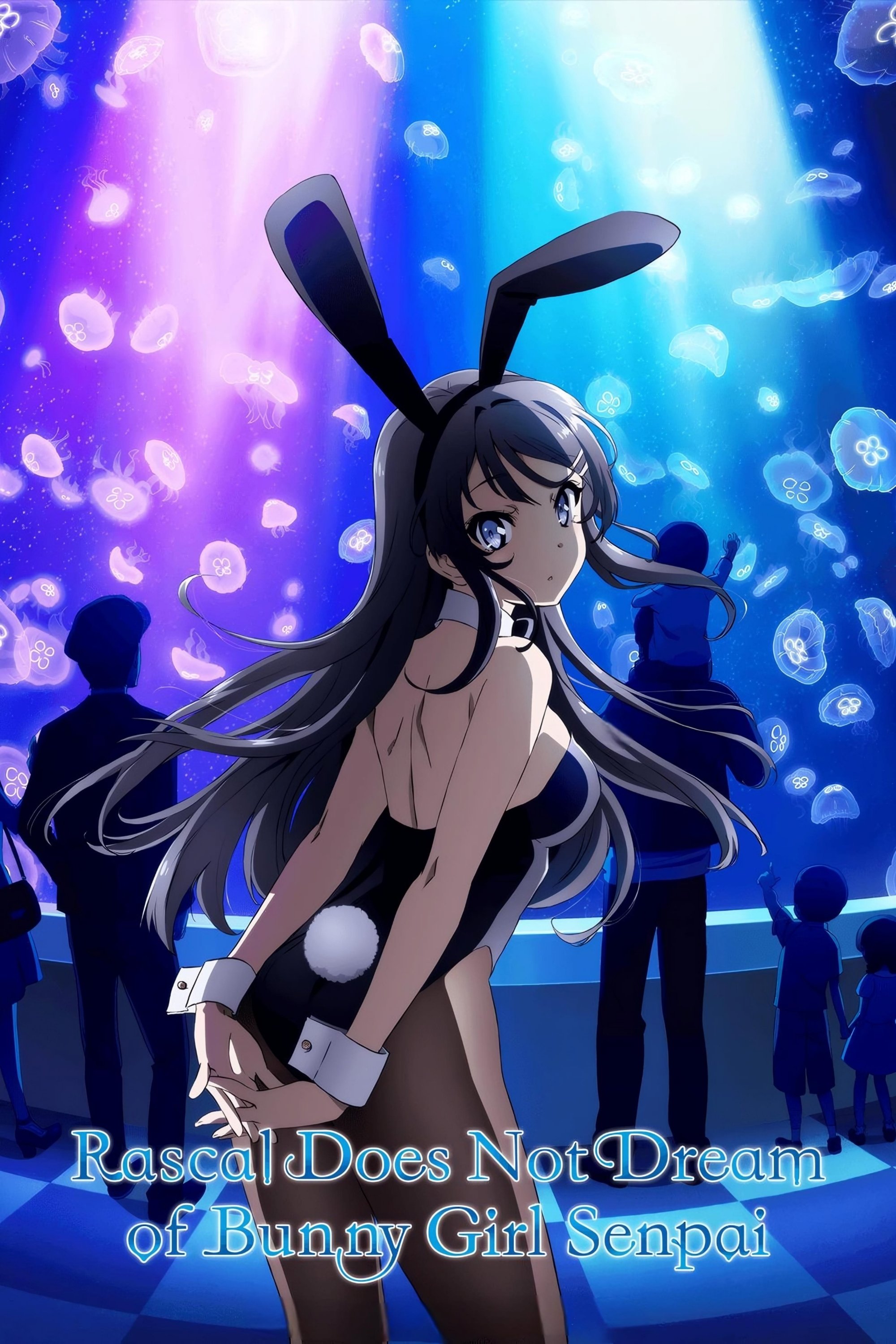 Rating
Rating: 80/100
So who here has heard of Junichi Sato? He's a fairly prolific anime director with years of experience under his belt. Even if you haven't heard of him, you've probably seen his work, like the first season of
Sailor Moon, Kaleido Star, Princess Tutu, the
Aria series, the first
Ojamajo Doremi season, and so on. In 2010, he announced that he was making his own original series called
Tamayura, starting with a short OVA. I will admit, when
Tamayura first came out, I was OBSESSED with it. You've probably read my old crappy review of the OVA and the first TV series. I considered it a masterpiece and one of the best shows ever. But during 2016, the series got four movies, and I didn't see them because I was deep in anime burnout at that time. Plus, it'd been years since I've seen both seasons. One day, I decided to revisit the series on a whim, curious if my feelings on it had changed now that I'm older and more mature, and now that my tastes have changed. After rewatching the first season,
Tamayura: Hitotose and the OVAs, I've come to the conclusion that my feelings on it have, in fact changed, but I still enjoy it. Not as much as I did when I was younger, but I still enjoy it, even if parts of it come off as rather stale and annoying.
The story goes as follows: Fu Sawatari is a young girl who loves photography and taking pictures, but had fallen out of it after her father's untimely passing. She finds herself taking up the hobby again in her last year of middle school, right as her family decides to move to Takehara, a town by the Seto Inland Sea in Hiroshima, the place where her father grew up. A shy girl at feart, Fu does manage to make a few friends and even reunite with some old ones: Kaoru Hanawa, her level-headed childhood friend, along with her more boisterous older sister Sayori; Norie Okazaki, a cheerful aspiring baker who adores Fu's younger brother Kou, and Maon Sakurada, a quiet girl who prefers communicating by whistling. Every day brings new encounters, rekindles old memories, and presents all sorts of new experiences and opportunities for Fu to take photos and make connections to others through them. Time moves ever forward one photo at a time.
At the time of Hitotose's production, Hal Film Maker got absorbed into TYO Productions, but the team from the OVA was able to come back to work on this and the later seasons and movies. Just like the OVA, the TV series doesn't cut any corners when it comes to its animation. The backgrounds are crafted with respect for detail, and the actual movement for character actions is fluid and dynamic when needed. I never felt like there were any shots that were off-model or inconsistent. For a series that was made in the early 2010s, it really stands a cut above the rest, even if it's not to the levels of Anohana, Kamichu, or Madoka Magica. This is the kind of series where you can just kick back, relax, and enjoy the scenery, which is what the characters in this series do quite often, and the slow, leisurely pacing helps with this if you're into shows like that.
Similarly, the soundtrack by Nobuyuki Nakajima fits the series like a glove, with soft pianos, woodwinds, clarinets, and oboes further contributing to the show's more peaceful, relaxed atmosphere. I'm kind of surprised he hasn't done any more soundtracks outside of this one, as he's clearly good at what he does. All the songs are really good too, both the opening and ending themes by Maaya Sakamoto and Megumi Nakajima to the insert songs sung by the girls' seiyuus are easy on the ears and are just overall pleasant to listen to. On the audio front, I will warn you that the girls' voices can get very shrill, and if you're sensitive to female voice actresses pushing their voices to sound as high pitched as humanly possible, you'd best back out now. Norie in particular can get really screechy, particularly when she gushes over Fuu's little brother Kou, and as someone who has auditory sensory issues, I can understand people having issues with listening to her. Seriously Yuka Iguchi, dial it back a bit!
Being a firmly slice-of-life show, Tamayura is all about its characters and fleshing them out. On this front, Tamayura does succeed, especially in how it ties the girls' personalities and development to their hobbies and creative pursuits, which range from writing and photography to more unusual activities like making potpourri. To quote
another review, most of these hobbies either say something about the individual character or help her to grow as a person; Fuu uses her camera as a way of staying connected to her father while Maon uses music and storytelling to overcome her shyness. Tying character development into everyone's hobbies works fairly well, and the show is able to cover a broader emotional range than most slice-of-life moe shows at this time usually did. Not every series can cover things like grief and self-doubt while remaining upbeat and optimistic, but this one manages to keep everything in balance. The main girls and their immediate families are fine characters, but there are a few side characters who don't evolve past being one-note stereotypes. Sayomi is constantly dragging her sister and friends on little adventures, taking the longest, hardest paths to get there, and often causes them grief in the process. Fuu's friend Chihiro cries A LOT, and I can understand people finding her crybaby tendencies really annoying after the second time around, though even she actually grows up a bit. I mainly found their teacher Dougou to be obnoxious and irritating in how his very first scene involves him needling the girls over their flaws while they're on their lunch break, which he honestly has no business doing, and continues to do so after the fact despite the show wanting the audience to see him as a nice guy. Komachi is a little kid who has a crush on Kou but is constantly antagonizing both Norie and Fuu, claiming they're trying to "use their wiles" on him, even though Fuu is literally Kou's sister! Why did they have to make this girl harass poor Fuu?! It's so unnecessary!
However, one-note side characters aren't Tamayura's only problem. Most of the time the comedy doesn't land, and one gag they constantly re-use over and over again is that Norie, a teenage girl, is obsessed with Fuu's younger brother Kou, which is both annoying and creepy but doesn't really go beyond her gushing over how cute he is. There's also a fluffy pink cat thing called Momoneko who literally serves no purpose other than to be cute, and as much as I love cats, I felt like he was just shoehorned into the show just because Sato wanted to do his own take on President Aria. Furthermore, the TV series expects you to have seen the OVA before watching it, which is easy enough considering the OVA was included in the DVD set that came out here in North America. Finally, this show really likes to misuse the word aggressive. According to this show, aggressive means being more proactive and taking the initiative, even though the correct word is assertive, as aggressive implies that someone is violent or forceful. On a smaller note, this complaint is more directed towards the translation used for the DVD: Who the hell thought it was a good idea to translate "fuwawa" as "floofdoodly"?! The hell? Did you just...make up a word for the sake of it? Because it doesn't work! Don't try to make Tamayura more saccharine than it already is, because it doesn't need to be cutesied up!
Basically, if you're not into leisurely slice-of-life or moe shows, you're not gonna enjoy this. That said, I feel Tamayura, both the OVA and Hitotose, succeed in managing to tell a heartwarming, inoffensive, laid-back show that still manages to respect its characters, themes, and story. Rewatching it again, I don't feel as strongly about it as I did when I was younger, but I still found myself enjoying it for what it has to offer, even if there are other similar shows that I enjoyed more, like
Natsume Yuujinchou and
Kamichu. Tamayura is definitely one of the better moe shows the 2010s had to offer, and I'm glad to decided to rewatch it as an adult, because it's relaxing, sweet, and pleasant, even to a fault, and it could have benefited from dialing back the saccharineness a bit. Come to think of it, I never did review the second season. I ought to remedy that now that I've finished my rewatch of this season.

format(webp))
format(webp))



















